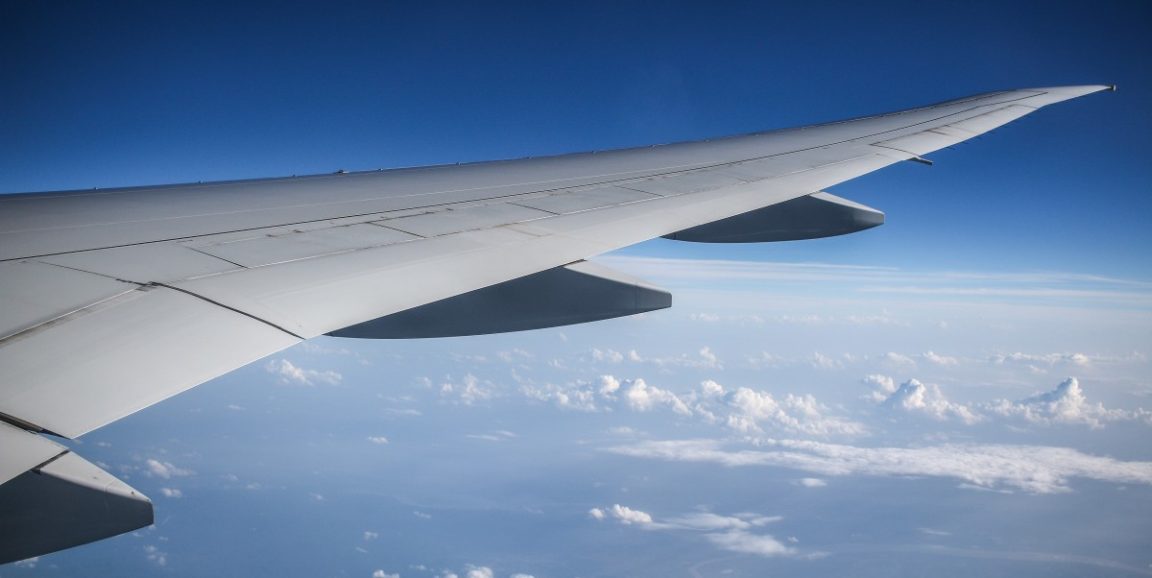Commercial airline crew members typically spend 1,000 hours per year working above the atmosphere that protects them from cosmic ionizing radiation. In fact, aircrew receive the largest annual radiation dose of all U.S. workers.
Studies have shown that pilots and flight attendants have higher rates of certain cancers than the general population, including breast cancer and melanoma. But less was understood about the link between air travel and thyroid cancer, although childhood radiation exposure is known to be associated with thyroid cancer.
Stanford researchers addressed this question with a meta-analysis of published data on thyroid cancer rates in airline crew, as recently reported in Cancers of the Head and Neck. They analyzed eight studies with a total of almost 250,000 crew members from 11 countries. They found no evidence of increased thyroid cancer risk in airline crew.
“None of the eight studies showed a statistically significant increase in risk of thyroid cancer,” wrote first author George Liu, MD, a Stanford medical student, in a recent blog post. “Aggregating the results, using a statistical method called a random-effects model, also did not change our conclusion.”
The key phrase in Liu’s statement may be “statistically significant.”
On the surface, the new Stanford results seem to contradict recent findings from the Harvard Flight Attendant Health Study that stated, “Compared to... [controls] with a similar socioeconomic status, flight attendants had a higher prevalence of every cancer we examined.” And the study included thyroid cancer.
However, the higher prevalence of cancers observed by the Harvard study was statistically significant for only three of the cancers examined: breast cancer, melanoma and non-melanoma skin cancer, Liu argued. In fact, both studies found very similar results for thyroid cancer. In the blog, Liu called for the paper’s authors and media to correct their statements to avoid “undue alarm.”
Based on their own study, the Stanford authors also called for further research that better captures variables such as gender, age and primary and secondary smoking data for airline crew, as well as larger studies with longer follow-up periods.
Photo by pxhere




